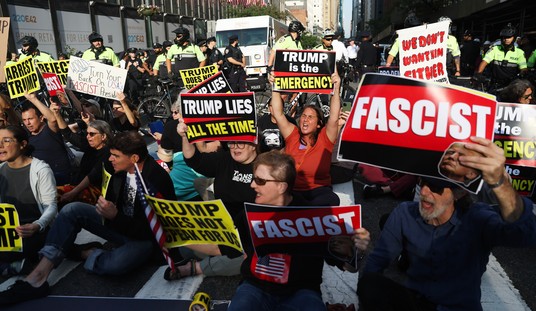This past weekend, my neighbor George stopped at the local Hess gas station in order to fuel-up his full-size SUV — an expensive endeavor that George ultimately complained about again and again. Yet, as I patiently listened to George as he whined for the third time, I couldn’t help myself from thinking about an overused term as it relates to economics, namely it’s the word “adjust” and all the ramifications it brings with it. Indeed, economists have tried to reassure us that the American public will “adjust” to higher gas prices and higher food prices by simply spending less money elsewhere. But what are the ultimate consequences?
Since George uses premium gasoline, his cost was nearly $4 per gallon. Therefore, in order to determine the cost to fill a 20-gallon gas tank (remember, the U.S. is currently ranked 24th in the world in mathematics), just do the multiplication: 20 x $4 = $80, then account for the one gallon of gas remaining in the tank, thus 80 - $4 = $76. (Please, someone check my math.) If I was still in college, my Keynesian economics professor would have said that paying a whopping $76 for a full tank of gas was no big deal; he would simply say “adjust.”
Nevertheless, consider if gasoline was priced at $2 per gallon (because we are so awash in oil), the math would look like this: 20 x 2 = $40 - 2 = $38. (Once again, someone please check my math.) Obviously, the difference is $38 ($76 - $38 = $38), and with the $76 that George actually spent, it results in $38 fewer dollars for him to spend in the community. Yet, once again, a Keynesian economist would argue that George did, in fact, spend that extra $38, he just spent it all on gas ($76 total sale), thus it’s no big deal — and that’s where I disagree mightily with the Keynesian economists of the world.
If the additional $38 had stayed with George, he could have spent the money at a local bakery, his favorite hometown restaurant, or at other various community enterprises — in other words, it would have been money that stayed close to home. As a matter of fact, that $38 would have been available to help reduce certain types of personal debt, including a mortgage, a balance due on a credit card, or possibly even a student loan.
When the average economist observes money being spent, they believe it’s a good thing. Likewise, as the federal government reports consumer sales (which includes money spent on gasoline); they imply that price increases at the pump are a positive occurrence. Yet, if all of that was truly reality, then we should all be rooting for $10 per gallon gasoline. Unfortunately, the truth is that the “adjustment” that my colleagues are so fond of touting is actually no “adjustment” at all. It’s merely another dagger that strikes at the heart of Joe Six-pack — and combined with high unemployment and declining real wages — it makes the future of our economy questionable at best. And since the consumer represents over 75% of the total equation, the arithmetic appears to be very ominous, especially when we’re only ranked 24th in math.
Recommended
Sorry, George.


